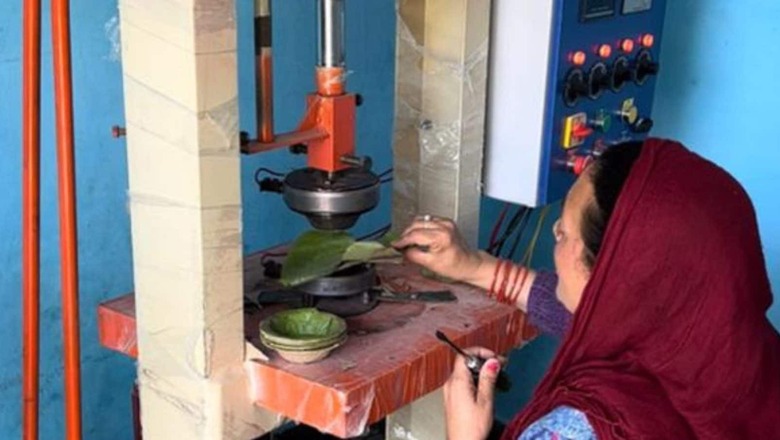
views
Traversing the narrow paths winding through the remote villages of the hilly district of Mandi, one is quick to notice the climbers that form lush green canopies on trees. For Himachalis, taur (Bauhinia Vahli) is not just another creeper, it is their source of income and self-reliance.
Traditionally, taur is used as a patal (plate) for serving food during festivals and religious ceremonies, and as a dauna (bowl) for keeping offerings during worship of deities and serving prasad (religious offering). Its two-lobed leaves with a width of 15 to 45 cm are ideal replacements for plastic plates and cups.
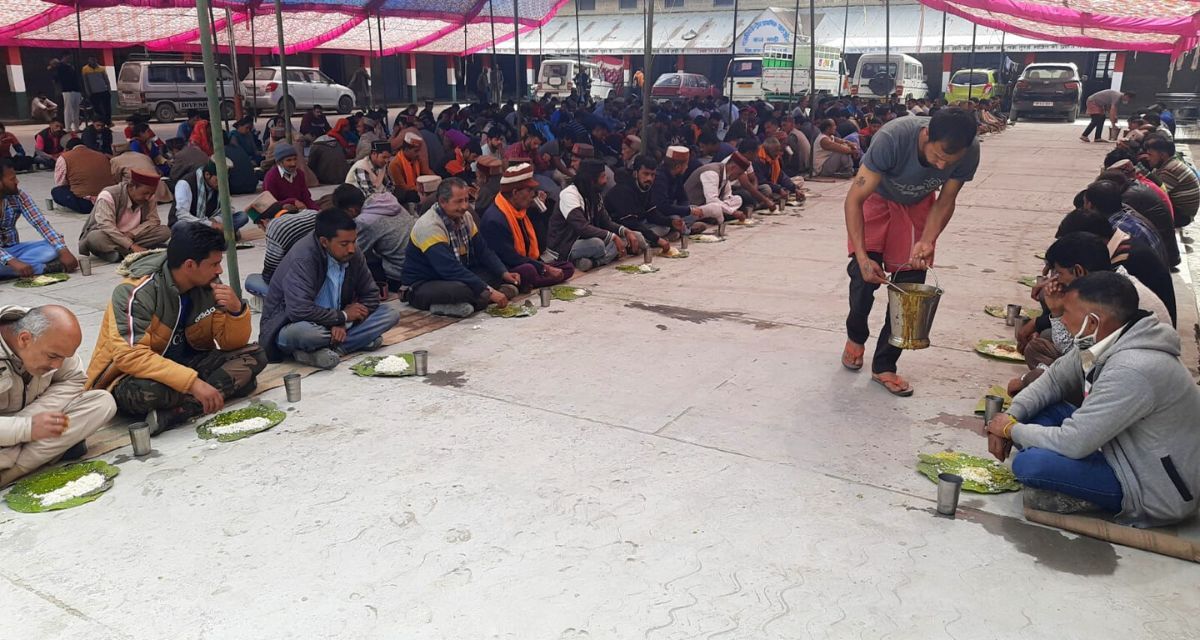
Patals have been in use since ancient times for serving food in traditional dhaams (community feasts) in the villages and towns of the State. Even today, on all occasions, including weddings, birthdays, Maha Shivratri, other religious festivals, births and deaths, food is served on patals.
As such feasts generally involve feeding hundreds of people, countless families find employment by plucking taur leaves and making patals. Modernisation has opened a new chapter for this climbing shrub.
The demand for taur leaves has soared ever since the country banned the manufacture, import, stocking, distribution, sale and use of identified single-use plastic items on July 1, 2022. To maximise the benefits and increase production efficiency, people of Bihandhar village in Mandi’s forest range are increasingly utilising the patal-making machines handed over to the community by the Himachal Pradesh Forest Department free of charge.
Assisted by the Japan International Cooperation Agency (JICA), the project launched in 2018 for improving both forest ecosystem management and livelihood has been a boon, especially to rural women. Three to five leaves are required to make one patal, and a woman can now make around 100 patals a day by hand. These are then given finishing touches by the machine to make them more sturdy.
The more sturdy machine-made patals can fetch Rs 4 per piece in the market, while the manual one earns the maker only half that price. This way, a woman can easily earn around Rs 10,000 per month. With more and more people understanding the income generation capacity of taur leaves, Ramesh Chand Kang, the Director of Forest Department’s Jadi Buti Cell that runs the project, told 101Reporters that such machines would be provided to self-help groups (SHGs) in the area.
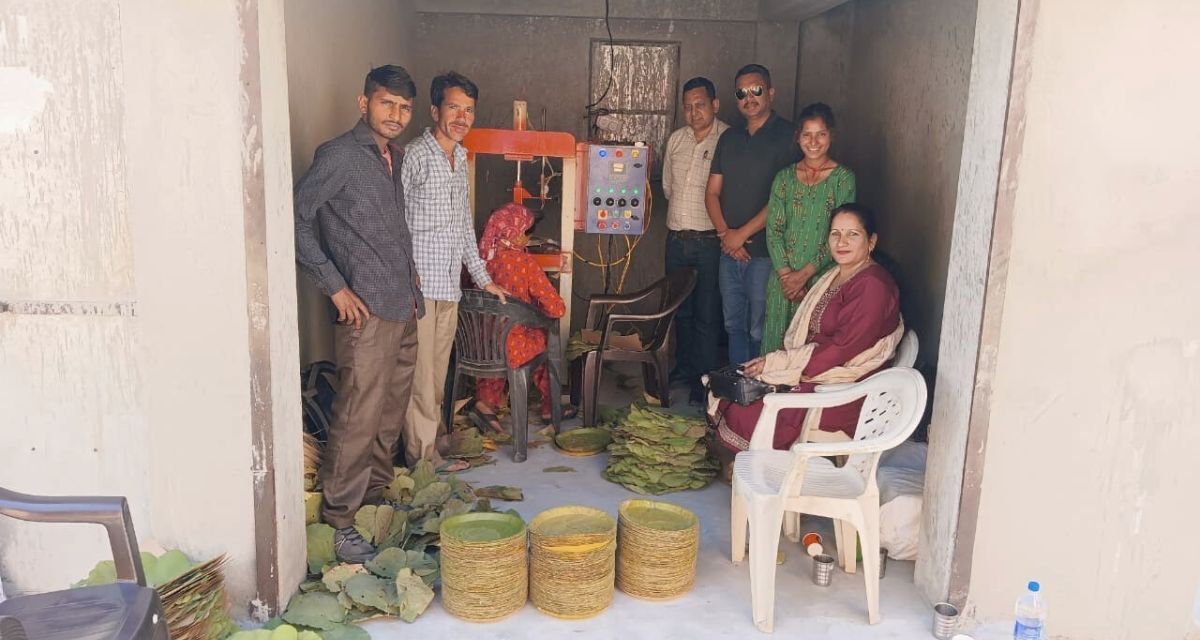
Elsewhere, voluntary organisations are doing their bit to help the community make a living using taur leaves. As part of it, women SHGs in other parts of Mandi district have received the machines. In Sirmaur also, machines are up and running.
Career Point University in Hamirpur has adopted Kot village with the same mission. “Machines have been installed in the university to help Kot residents make green leaf plates of excellent quality for sale. This has definitely boosted their earnings,” its Associate Director Dr Gulshan Sharma told 101Reporters.
Give and take
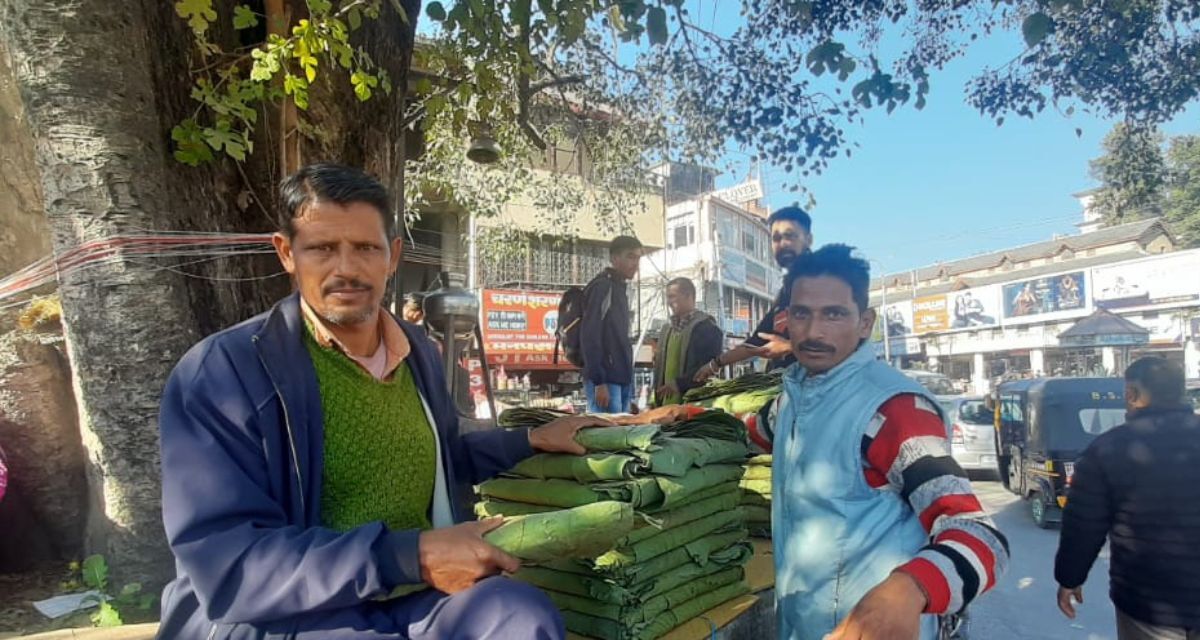
Besides money, taur has been a multipurpose gift for the people of Himachal Pradesh. It provides them with edible seeds, cattle fodder, firewood and manure. According to forest department officials, low-lying areas of Mandi, Kangra and Hamirpur have a healthy presence of this evergreen species, which has a long life span. Una and Bilaspur districts also have a fair share. However, they are not found in higher altitudes.
In what could be termed a return gift, private and public lands in these districts are now home to taur. “I planted around 60 plants on my land almost 20 years ago. We make leaf plates from it, besides plucking more from the forests. The twigs and branches are also used as firewood,” said Baldev Ram of Bihandhar.
The vines are seen in the panchayat lands, too. “We have planted them just as our forefathers did. About 100 families are engaged in making and selling leaf plates in Bihandhar. Traditionally, women stitch the leaves together, while men collect the leaves and sell the end product,” Man Singh said, while adding that they roast and consume its nutrient-rich seeds.
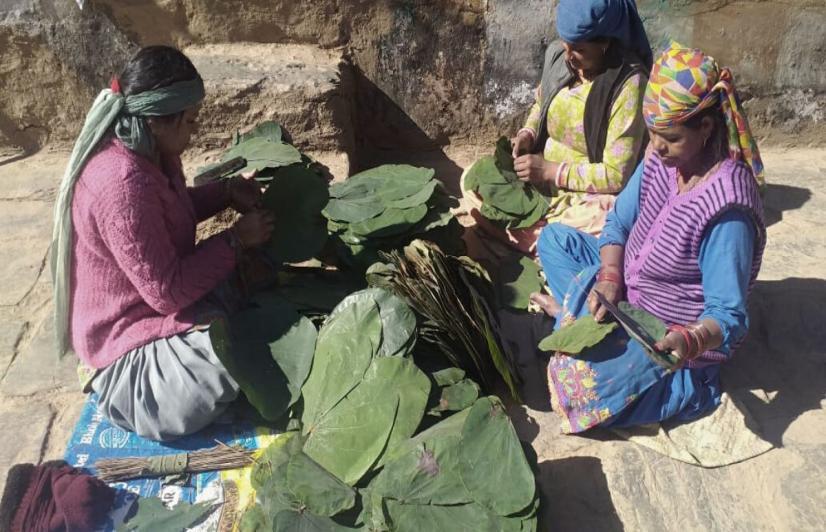
Villagers plant taur saplings on common lands, roadsides and as boundary markers on their fields. Not all of them survive as these saplings grow from seeds that fall and germinate on the ground. Jadi Buti Cell marketing manager Mohit Sharma said a large-scale and systematic taur plantation drive in forests was on the anvil by involving the community members. “We are preparing 50,000 plants in the forest department’s nursery.” After their current nursery was impacted by flooding, he said the department is again collecting seeds from the community. “After six to eight months of growth, these plants will be given to the villagers for replanting.” This will also help villagers collect these taur leaves more easily, sparing them treks into denser forests.
Raju Ram and Tikamram sell patals at Gandhi Chowk in Mandi. They claimed the demand has increased to such an extent that they now send plates to other parts of Himachal and Punjab, besides selling locally.
In Kangra’s Kiman, around 50 families are engaged in patal business. “We plant these trees, and also ensure that those in the forests are not damaged,” claimed Sunil Kumar of the village. Mator-based Tushar Kumar, whose family has been selling patals for many generations, highlighted its environment-friendly features and livelihood potential while still being in harmony with nature.
Dr Pankaj Sood confirmed that taur leaves would disintegrate within a few days once discarded, unlike plastic and thermocol items. A senior scientist at Sundernagar Krishi Vigyan Kendra in Mandi, he also explained the plant’s medicinal value. “Taur is rich in calcium and iron. It contains proteins such as albumin and globulin. Amino acids such as lysine, tyrosine and phenylalanine are present in it.”
“When we eat on taur leaves, these helpful elements get absorbed into the food, thereby protecting us from diseases and increasing appetite and digestion. It seems our ancestors understood it well,” he added.
According to renowned environmentalist and Himalaya Niti Abhiyan’s Kullu president Kulbhushan Upamanyu, multipurpose vegetation like taur was destroyed and pine trees planted to commercialise forest management during the British rule. “Even after independence, this practice continued for several decades. It was only because of the community’s conservation efforts that we still see taur around.”
Citing how he and many others had joined the Chipko Movement when Sunderlal Bahuguna started it in the 1980s, he said, “We worked for over a decade to stop commercialisation of forests in Himachal Pradesh. People who made taur plates prominently got involved in it. Subsequently, the government took several decisions in the interest of the environment, which also made the forest department work positively towards this goal,” he said.
Read all the Latest India News here














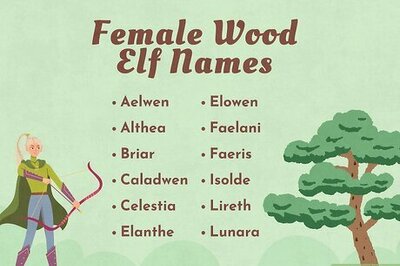





Comments
0 comment